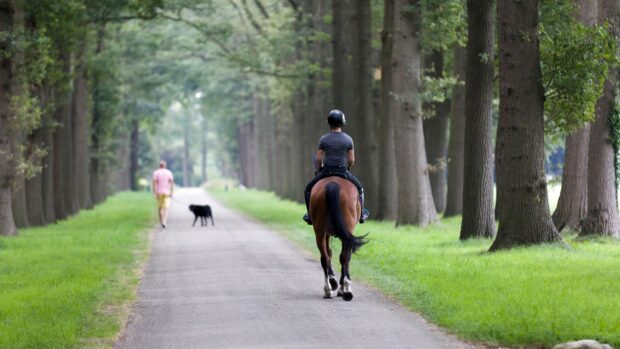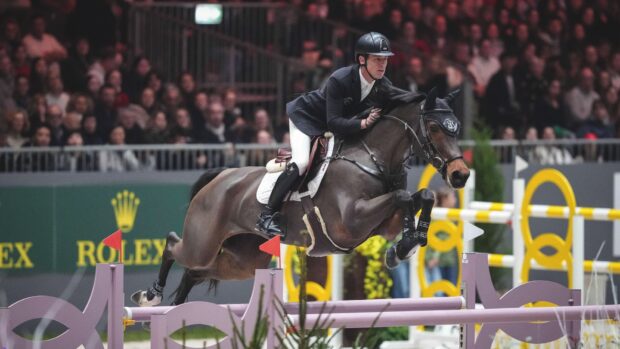Rosemary Attfield is full of contradictions that the horse world knows well. Apparently fearsome, but with a heart of gold, phenomenally hard working, but always with time for others, apparently indestructible, but always ploughing on regardless of injury.
She is, however, a rare breed in the sport of endurance, an equestrian all-rounder who competed at national level as a show jumper in the 1960s and early 1970s, she also evented and trained her daughter Michelle, a member of Britain’s three-day event young rider team in the 1980s.
Rosemary worked in tandem with the late Joan Allen, a similarly multi-talented horsewoman whose own spirit of adventure led her to take up Arab racing in her 60s. Together they were among a small group of pioneers who adopted one of the youngest and fastest growing horse sports and made it their own.
Now in her late 50s, when Rosemary filled out a form for the British team selectors last year, they were staggered to discover that she spends35hr a week in the saddle.
Rosemary runs a busy riding school within sight of the North Sussex Downs and has a yard full of ponies, liveries and youngstock, not to mention her own competition horses.
The pre-season fitness regime, which is the same for her 100-mile endurance horses as it was for the yard’s eventing string, includes three to four weeks of walking and then four weeks of trotting around the lanes and hills.
Once the horses are trotting, Rosemary takes them to the coast to work them knee-deep in sea water. Canter work follows next at a slow collected pace. The work is now interspersed with gymnastic jumping and flatwork in the school.
“Another form of fittening I use is strapping. You can literally see the muscles picking up and contracting.
“In the first few weeks, I do just let them jog rather than walk if they are more inclined to do this naturally. I can’t see the point in pulling them back. You do more damage to their legs trying to make them walk.”
She believes more horses break down today than they used to because the basic fitness regime is neglected and that too little attention is paid to hardening the legs.
She also stresses the importance of getting the endurance horse to work from behind.
“Unfortunately, so many people don’t know how to use the seat or how to get the horse working correctly from behind. You see so many endurance horses tip over onto the forehand and then the front legs do not last.”
Her daughter’s horse Cerise competed in 15 three-day events having started life in endurance.
“It just goes to show that if you bring them up right, they will still be going strong at the age of 21 and beyond.”
After supporting her daughters’ competitive ambitions, Rosemary got the endurance bug as an organiser and rider.On the first British team that went to Montcuq in 1981, she was chef d’equipe at the 1991 European championships.
Given her own background, she has instilled the advantages of being an all-rounder in her pupils.
“They do a lot of work in the school which many endurance riders don’t do. The horses are taught to carry themselves so they are better balanced when going across different terrain, and finds it easier than many horses that just go on the forehand.”
The rewards for endurance riding in Britain, thanks to Rosemary¨s investment in time, skills and knowledge, may be just around the corner.


